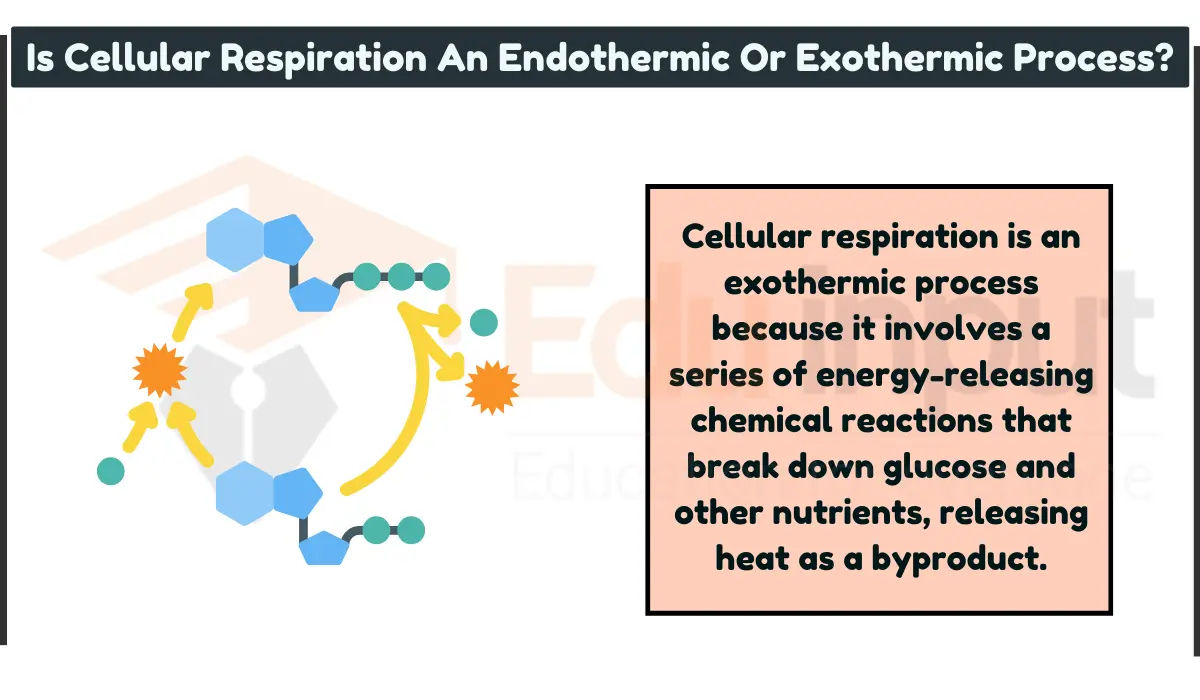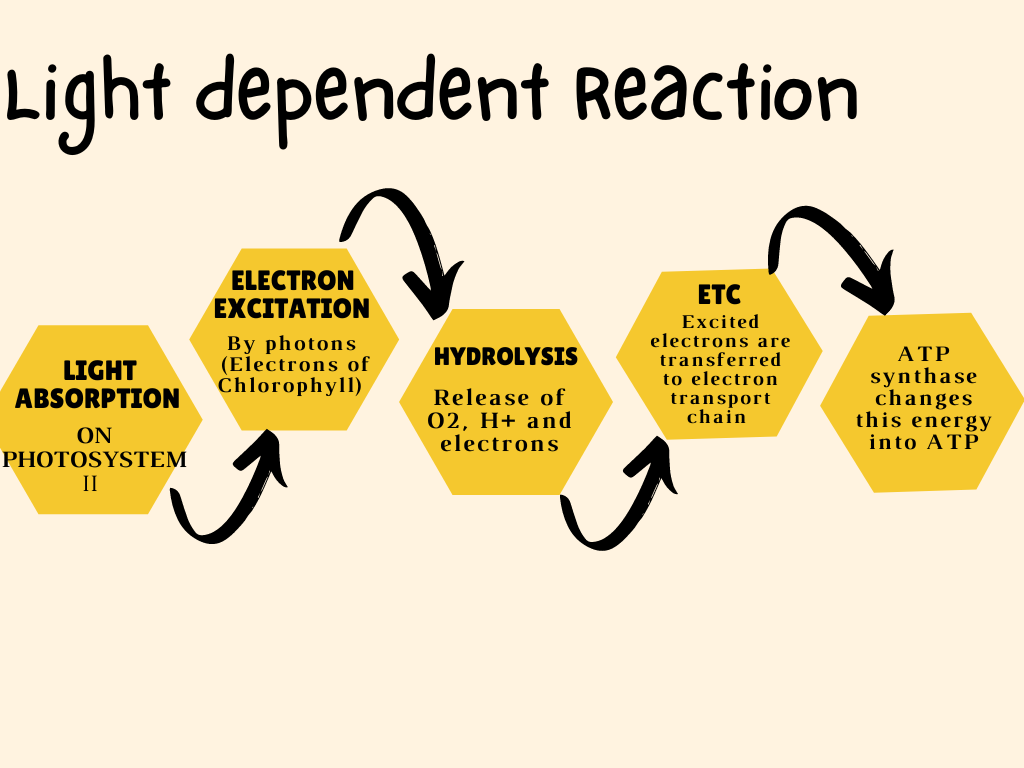What is Glycolysis? | Steps of Glycolysis
Glycolysis is the initial step Glycolysis is a metabolic process that occurs in almost all living organisms. Glycogen is usually stored in the liver and muscles in mammals and is involved in storing carbohydrates (glucose) during periods of food deprivation or low blood sugar.
Glycolysis converts glucose into 2 molecules of pyruvates to produce ATP, which provides energy to the body for survival. In humans, glycogenesis takes place mainly in skeletal muscle tissue.
It occurs almost in all cells. The six-carbon glucose molecule is broken down into two molecules of pyruvate during glycolysis. Pyruvate is a three-carbon compound. There is a net production of two molecules of ATP during glycolysis.
Each molecule of glucose produces four molecules of ATP during glycolysis. But two ATP molecules are used to rearrange the glucose molecule. They form new six-carbon compounds. Therefore, the net energy yield from glycolysis is only two ATP molecules.
Steps of Glycolysis
Glycolysis does not efficiently harvest energy from glucose. But it was the only process that generated ATP molecules for millions of years during the anaerobic stages of early life on earth. Following reactions take place during glycolysis:
Energy Investment Phase
Step 1
Glucose enters the cell. It is phosphorylated by the enzyme hexokinase. This enzyme transfers a phosphate group from ATP to glucose to form glucose-6 phosphate. The plasma membrane is impermeable to ions. So the electrical charge of the phosphate group traps the sugar in the cell. Phosphorylation of glucose also makes the molecule more chemically reactive.
Step 2
Glucose 6-phosphate is rearranged. It is converted to its isomer, fructose 6 phosphates.
Step 3
In this step, another molecule of ATP is used in glycolysis. An enzyme transfers a phosphate group from ATP to sugar. It forms fructose1-6-diphosphate.
Step 4
This is the reaction from which glycolysis gets its name. An enzyme breaks the fructose1-6- diphosphate into two different three-carbon sugars: glyceraldehydes-3-phosphate and dihydroxyacetone phosphate. These two sugars are isomers of each other.
Step 5
Another enzyme catalyzes the reversible conversion between the two three-carbon sugars. It converts all the molecules of dihydroxyacetone phosphate into glyceraldehydes-3-phosphate. The next enzyme in glycolysis uses only glyceraldehyde phosphate as its substrate.
Energy Yielding Phase
Step 6
An enzyme now catalyzes two reactions. First, the sugar is oxidized by the transfer of electrons and H to NAD. It forms NADH’. This reaction is very exergonic (-10.3 kcal/mol). The enzyme uses this energy to attach a phosphate group to the oxidized substrate. It forms 1,3-diphosphoglyceric acid. The source of phosphate is inorganic phosphate. It is always present in the cytosol.
Step 7
Finally, glycolysis produces some ATP. The phosphate group added in the previous step is transferred to ADP. It forms 3-phosphoglyceric acid. This compound is not sugar.
Step 8
Next, an enzyme relocates the remaining phosphate group to form 2 phosphoglyceric acid. This prepares the substrate for the next reaction.
Step 9 An enzyme removes a water molecule from 2-phosphoglyceric acid and forms a double bond in the substrate. It forms phosphoenol pyruvate or PEP. This makes the substrate very unstable.
Step 10
The last reaction transfers the phosphate group from PEP to ADP. So it produces more ATP. Since this step occurs twice for each glucose molecule, so there is a net gain of two ATP molecules. In the meantime, glucose has been broken down and oxidized to two molecules of pyruvate. It is the end-product of the glycolytic pathway.
Glycolysis Quiz
Test your knowledge of glycolysis by attempting our 15-mark quiz. However, If you do not know this topic or want to revise it, read our detailed guide on glycolysis.
Let us start our quiz on glycolysis with answers and explanations by professional teachers.

 written by
written by 




Leave a Reply